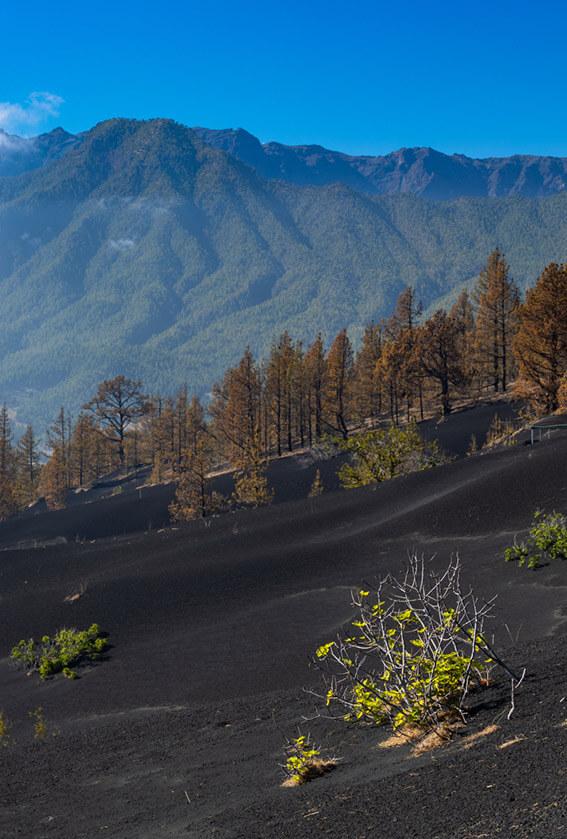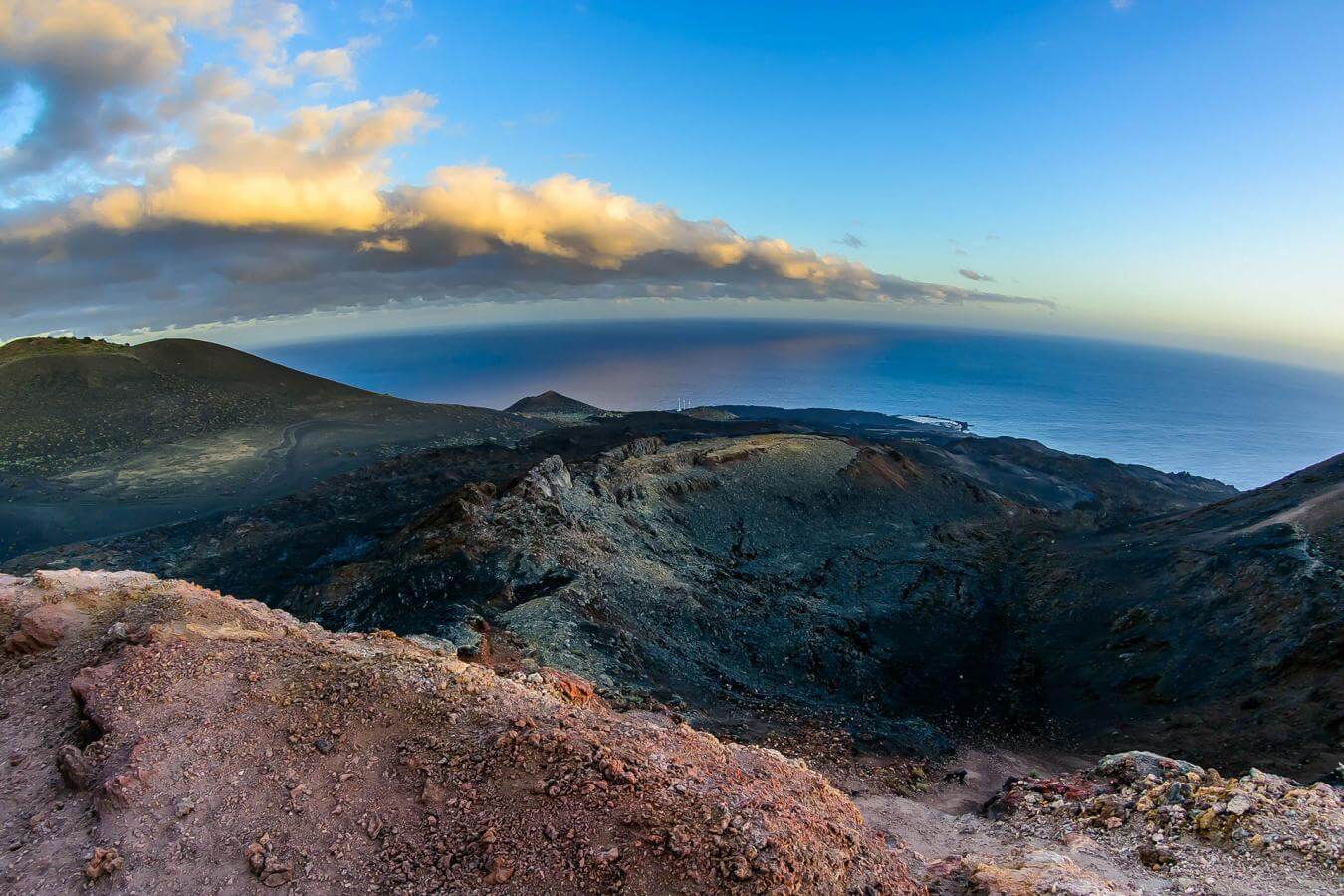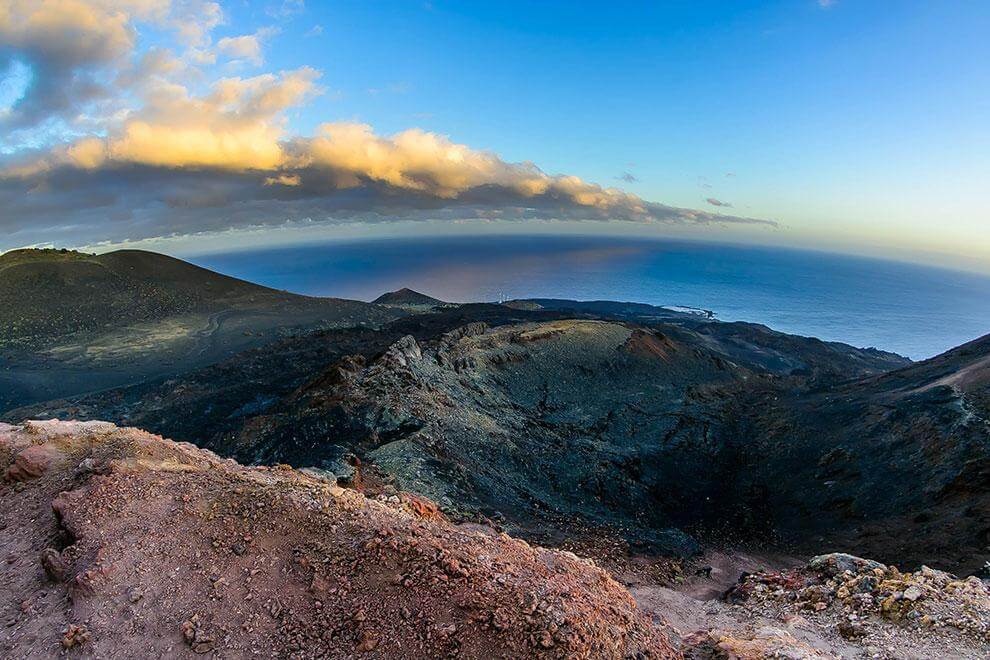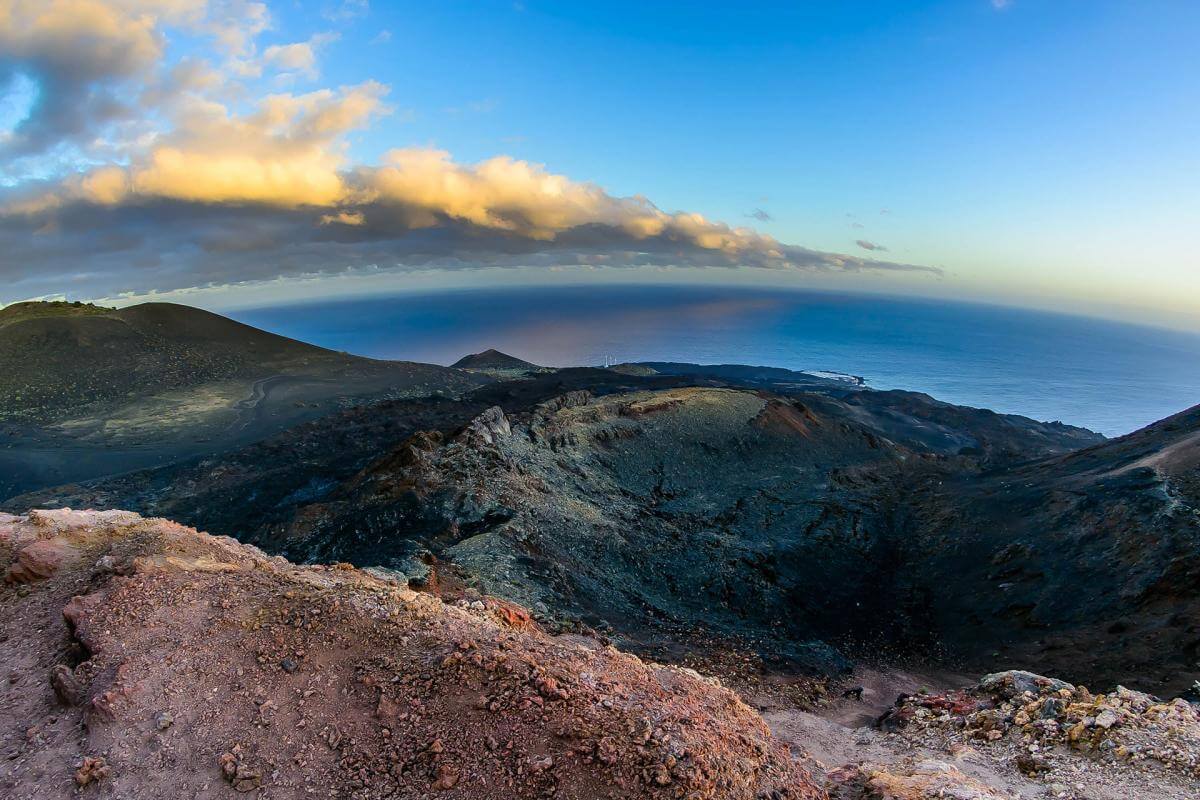The island of La Palma, one of the youngest in the Canary Islands, arose from an underwater volcano located 4,000m below sea level, and currently still growing, which results in a unique spectacle of nature. Its insides open and material in the form of lava emerges from the very core of the Earth. This happened for the last time in September 2021.

The lava of the known one as the new volcano of La Palma made its way to the sea, leaving behind several cliffs with new beaches, still virgin, in which the sea and the black sand promise endless possibilities in the future for swimming, water sports or whale watching.
From the volcano's center, located in the area of Cumbre Vieja, arose the lava jets that crossed the municipalities of El Paso, Los Llanos de Aridane and Tazacorte, increasing the island in several gains toward the Atlantic Ocean with these fajanas.
The inhabitants of the island experienced almost three months of uncertainty with several open fissures in the earth, which have left an imposing mountain and a new landscape that is impossible to forget. Currently, excursions are carried out with authorized companies of La Palma on a path enabled for the new volcano.
A Living Archipelago and Island
The entire land of the Canary Islands is of volcanic origin, which is why many of its beaches, especially those of La Palma, are composed of black sand. In fact, the entire island has been recognized by UNESCO as a Biosphere Reserve, and by the Starlight Foundation as a Starlight Reserve and Destination..
Also in Fuencaliente we find the Teneguía Volcano, whose eruption, in 1971, was quite a spectacle and gave rise to a new volcanic landscape in the area. This area, specifically, has been declared a natural monument of the Teneguía Volcanoes.





